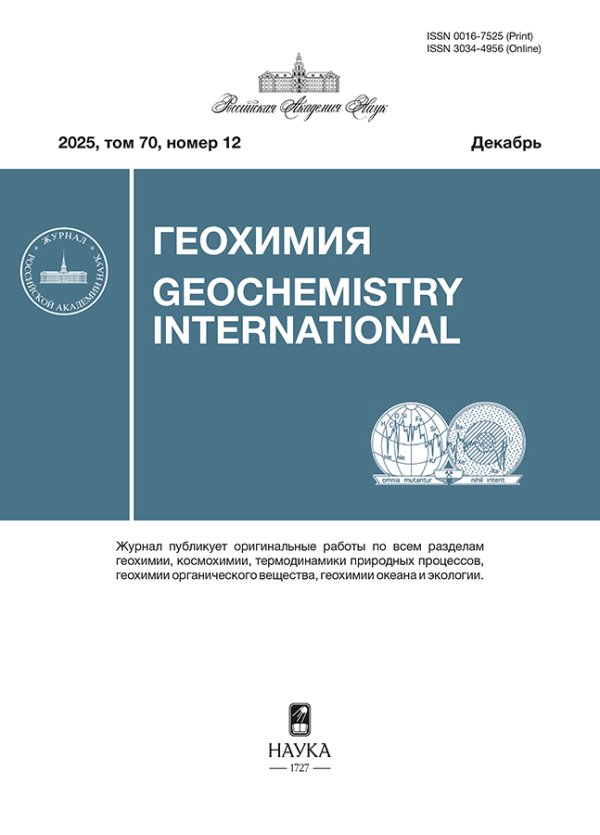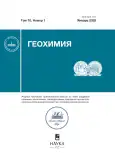The Chatkal–Kurama region in the central Tien Shan is a superlarge porphyry–epithermal gold ore province. The paleovolcanic area hosts world-class Au, Ag, and base-metal deposits (Kalmakyr, Kochbulak, Kanimansur, etc.). Using the high-precision (±0.02 %) MC-ICP-MS method of lead isotope analysis, we studied a collection of 63 ore samples (47 of them are galena) from 18 deposits, which represent all types of Au–Ag, Au–Ag-base metal, and Cu–Au–Mo deposits known in the region. The same method was applied to study 21 samples of igneous rocks from this region, for which lead isotope composition was determined in monomineralic feldspar separates. The Pb isotope ratios 206Pb/204Pb, 207Pb/204Pb, and 208Pb/204Pb from the ore deposits vary within narrow ranges: 17.9885–18.1598, 15.5897–15.6412, and 38.0385–38.2380, respectively. These variations in relative terms are 0.94, 0.33, and 0.52 %, respectively, and are among the smallest among ore provinces around the world. An even higher (two to five times) degree of homogeneity is typical of the Pb isotopic composition at individual deposits in the region. The lead isotope composition of deposits and ore fields in the Chatkal–Kurama region does not depend on their mineralogical and geochemical features but is instead controlled by the geological settings of the deposits. The iscovered close similarity between ore deposits and Late Paleozoic granitoids in Pb isotope composition provides evidence in support of the hypothesis that genetic connection of the large-scale Au, Ag, and base-metal is genetically related to magmatism, which developed in a subduction environment. An interesting fact is that the Pb isotope composition is identical at the Kalmakyr Cu–Au–Mo porphyry deposit and the neighboring Akturpak Au epithermal deposit, which provides evidence that metals for these deposits (which are different in composition and were formed under different P–T parameters) were derived from a common source. The isotope composition and its evolutionary model characteristics according to the Stacey–Kramers model indicate (in agreement with the data on Sr and Nd) that Pb of the rocks and deposits in the region is mid-crustal, typical of island-arc regions of the Andean type. The mantle component of the source of the regional ore-bearing magmas was the material of mantle lithosphere and oceanic crust that was partially melted in a subduction environment in the mantle wedge zone. The ratio 𝑇ℎ/𝑈 = 3.86–3.99, which is higher than the average crustal value, indicates a significant contribution of Precambrian basement rocks of the Chatkal–Kurama terrane to the petrogenesis of the ore-bearing magmas.
 3-37
3-37


 38-60
38-60


 61-73
61-73


 74-88
74-88


 89-104
89-104












